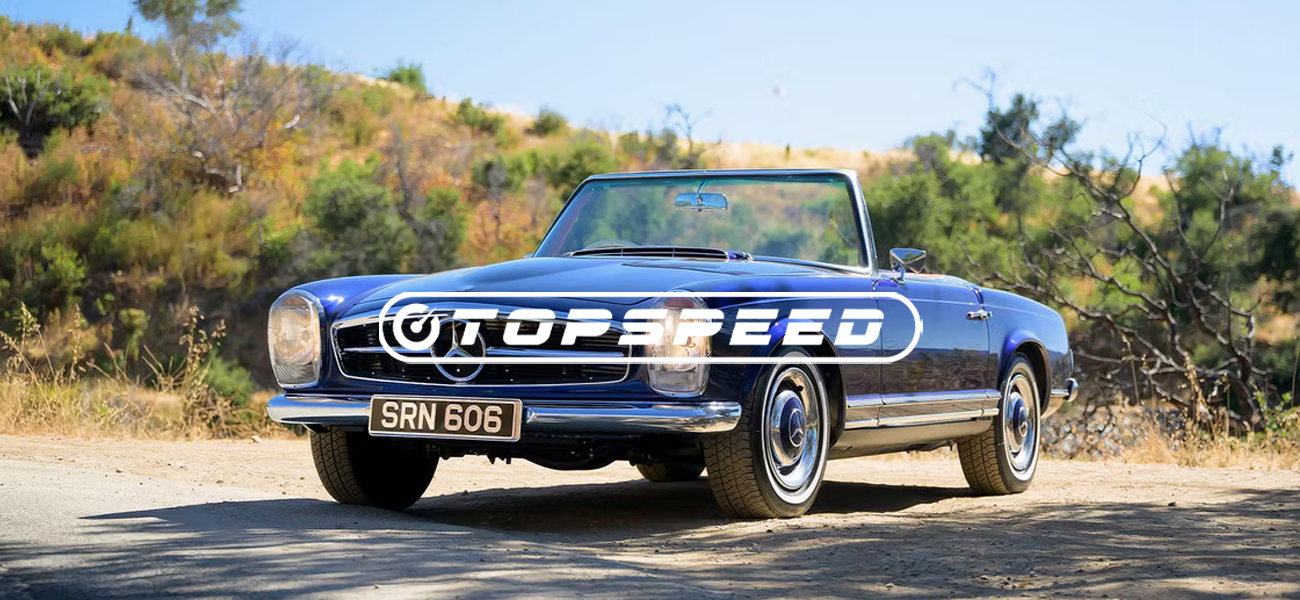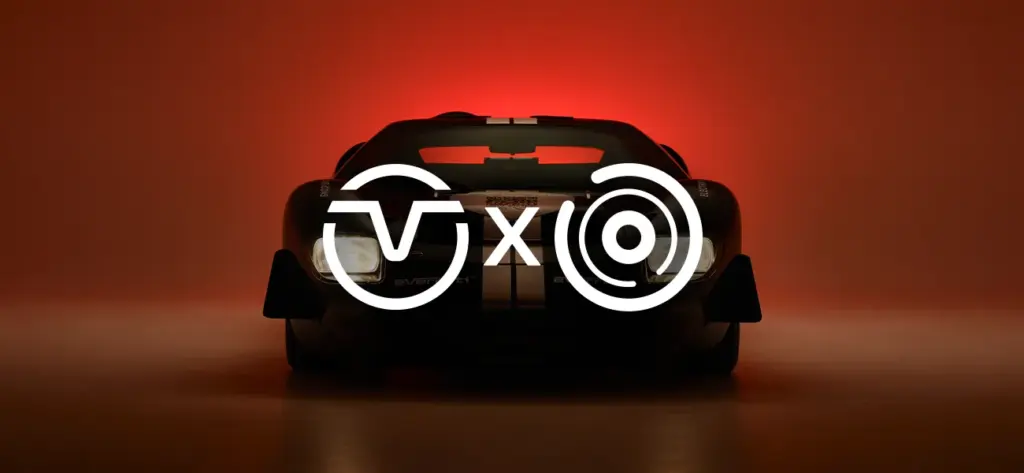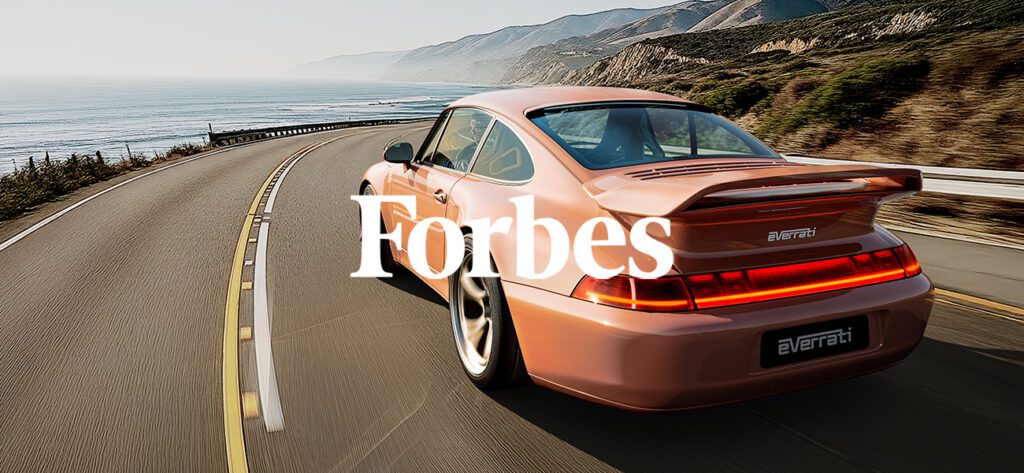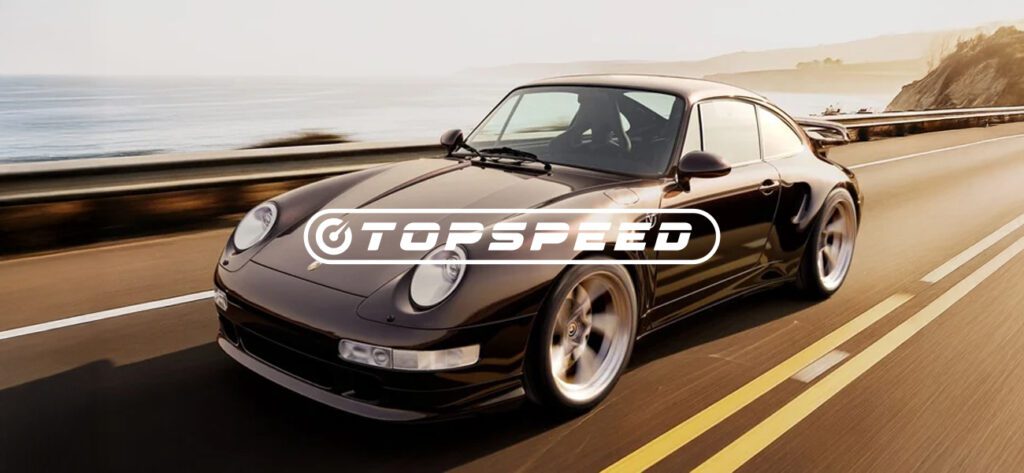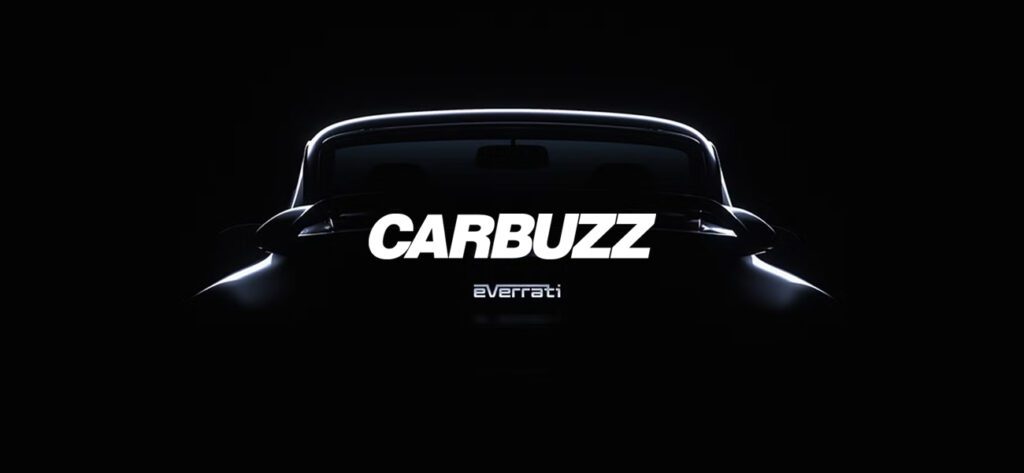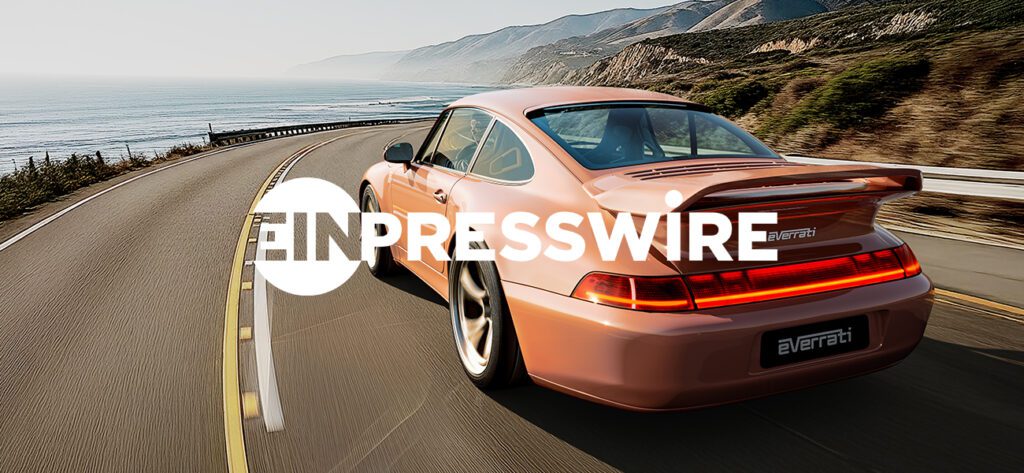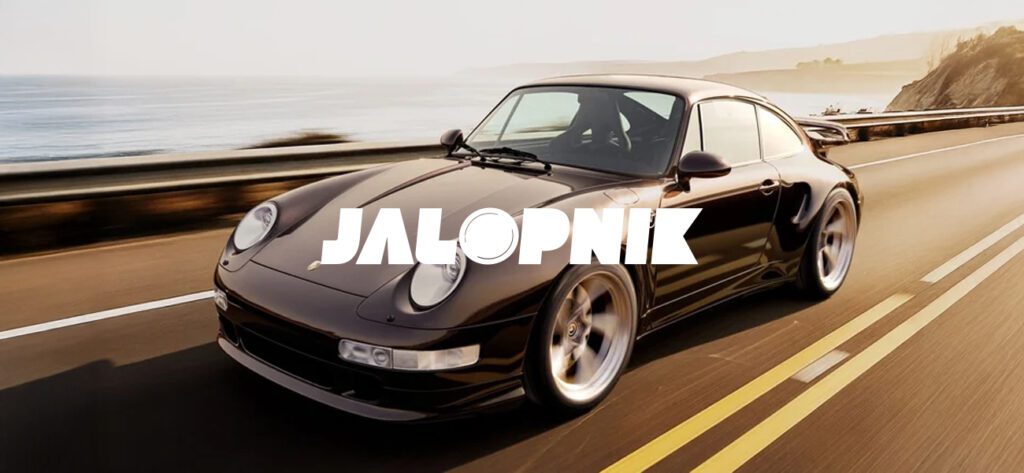Although originality is what most classic car owners try to aim for, keeping an old powertrain alive isn’t always easy. Parts can become hard to find, forcing you to have them re-engineered or even 3D-printed. And don’t get me started on mechanics who are no longer willing to work on the thing. The older and more valuable an automobile gets, the more expensive its restoration and repairs become, discouraging owners from keeping the vehicle altogether.
But what if you could own an iconic classic car, like, say, the Mercedes-Benz 280SL Pagoda, without having to deal with the hassle of maintaining and fixing it? That’s what British boutique carmaker Everrati suggests with its all-electric conversion. Sure, it may seem like something sacrilegious to some, but the idea of electrifying one of Mercedes’ most historically significant SLs actually makes a ton of sense.
Why Electric Restomods Are Gaining Traction
Of course, Everatti’s SL isn’t its first electrification project. The company is now well-known for converting a wide range of different classics, from the Porsche 911 to the legendary Ford GT40. It’s also not the only one to do this sort of thing. In recent years, restomodding has become increasingly popular, this art of taking an instantly recognizable classic car and restoring it using more modern technology and powertrain components. ECD, down in Florida, is another great example of this, offering customers the choice between a gasoline-powered or electric propulsion system.
Everrati specializes in fully engineered complete solutions that account for the incredible complexity involved in integrating a modern EV powertrain into a vintage vehicle. The Everrati Pagoda retains the integrity and design of its donor while safely integrating EV power to make for one of the most enjoyable everyday drive experiences available today.
– Justin Lunny, Everrati Founder & CEO
But the benefits of converting an old SL to an electric vehicle (EV) are numerous, starting, of course, with the simplicity of the drivetrain itself. Gone is the old lump of an engine and everything that goes along with it. Forget having to replace seals, belts, chains or alternators as they all essentially disappear when replacing them with a battery and an electric motor. Sure, you might miss out on the classic sound of internal combustion, but you’ll probably end up with a machine that’s quicker off the line, cheaper to run and that presumably handles better thanks to how the car’s weight distribution was re-engineered.
Much More Expensive Than An Original Pagoda
Unsurprisingly, a project like this will cost you. Everrati says that all of its EV conversions start at $300,000, plus the donor vehicle. And that price can rapidly climb higher if you decide to go for more personalized finishing touches. That’s a hefty increase over the original car’s current estimated value. I mean, you can get your hands on a well-kept Pagoda for under $200,000 these days.
That all being said, that Pagoda probably won’t be carefully restored and custom-made like Everrati’s, and it won’t be electric. Everrati also mentions that if you want, the donor car’s original internal combustion engine (ICE) and transmission can be refurbished and placed in storage, or even incorporated into a piece of art if requested. Now that’s cool.
It’s worth mentioning how impressive this build is, with fine details like a kW output dial integrated inside the classic gauges and a gear selector that mimics the old car’s manual transmission. In many ways, the materials used and how everything was polished and reimagined allows this Everrati to be even more exquisite than the original car.
Although it was fitted with a 54.4-kWh (or 68 kWh for the upgraded model) lithium-ion battery, the car remains relatively lightweight, hanging in the vicinity of the Pagoda’s initial curb weight of just 1,500 kilos (3,300 pounds). That battery was also installed underneath the car’s hood, where the engine used to be, and it powers the rear wheels via a “High Power Dense OEM-grade” 3-phase AC motor good for a healthy 300 horsepower and 221 pound-feet of torque.
As a reminder, at its peak, the original 280SL’s 2.8-liter inline six-cylinder engine (the M130) pumped out 168 horsepower and 180 pound-feet of torque. So, this EV upgrade bumps the performance by quite a lot, allowing the car to sprint from 0 to 60 mph in eight seconds flat. It’ll then keep going up to a 124-mph top speed, Everrati says. If I could afford this, I’d have one prepared instantly. Sadly, for now, poor old me will have to keep dealing with my own classic car problems.
by William Clavey
Source: TopSpeed
